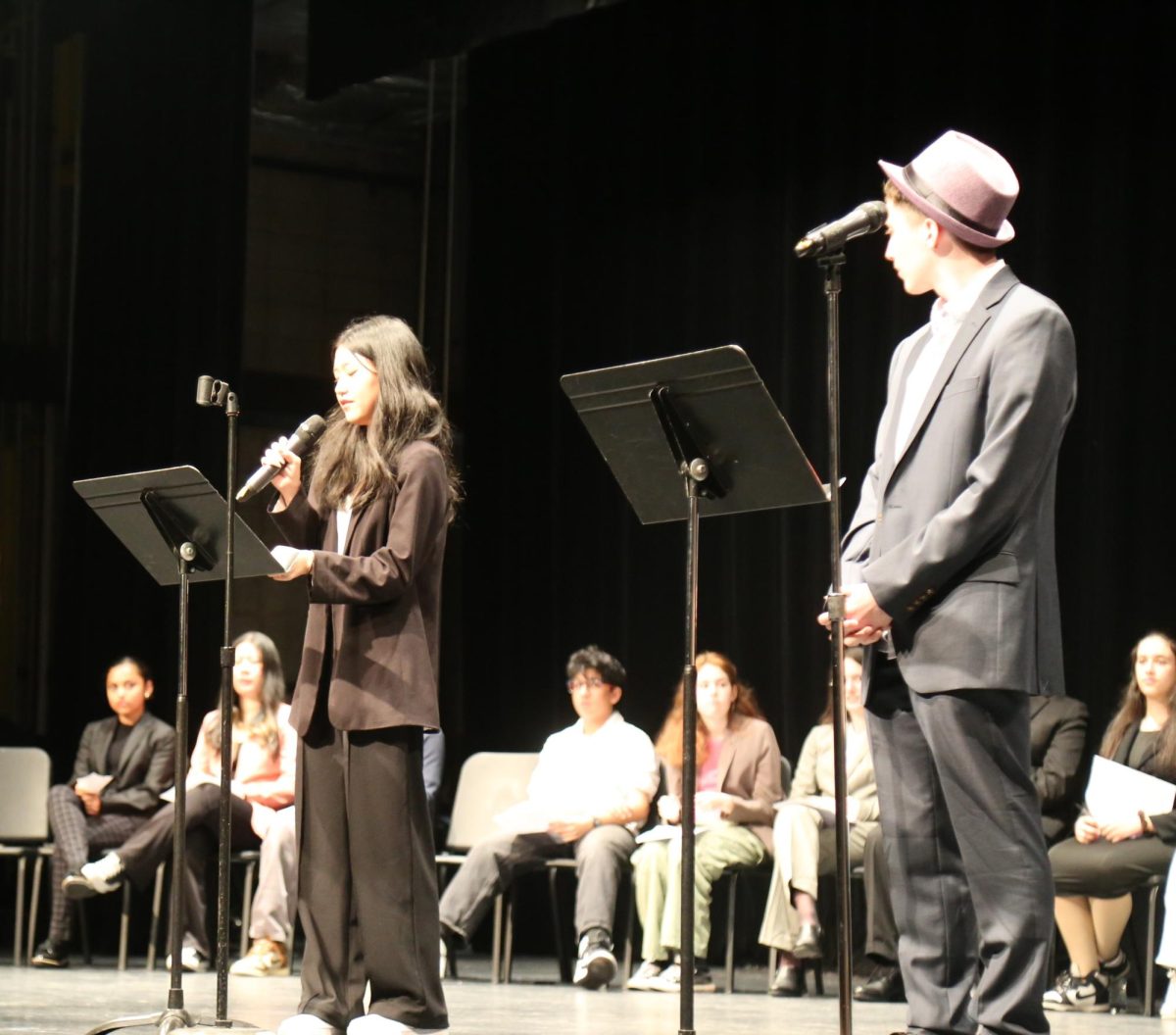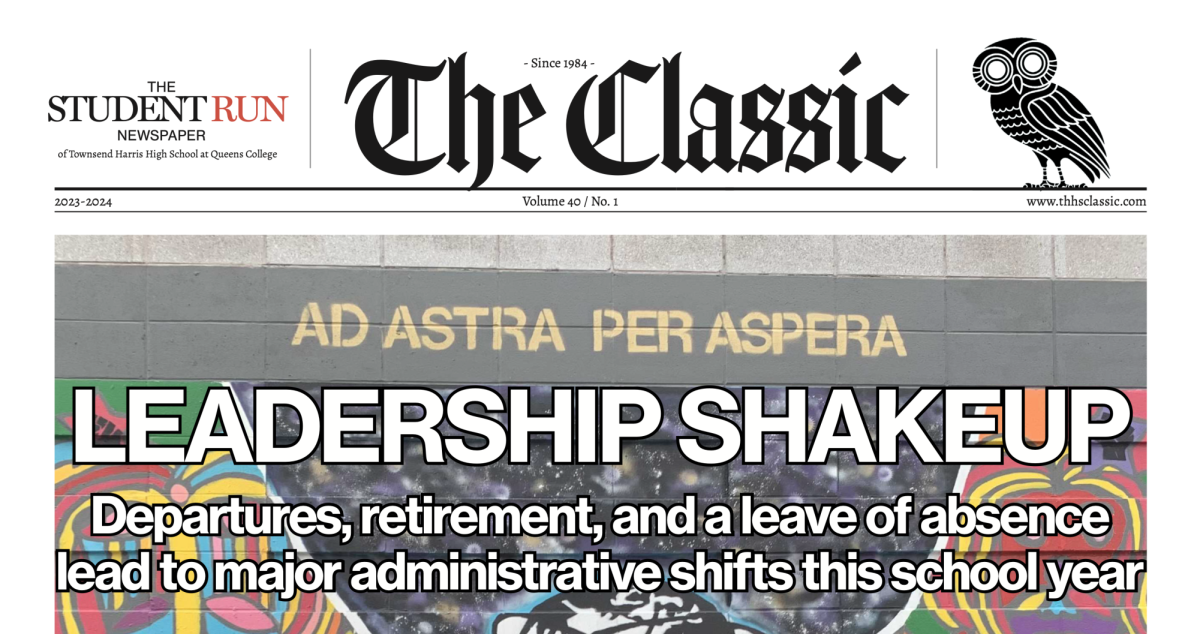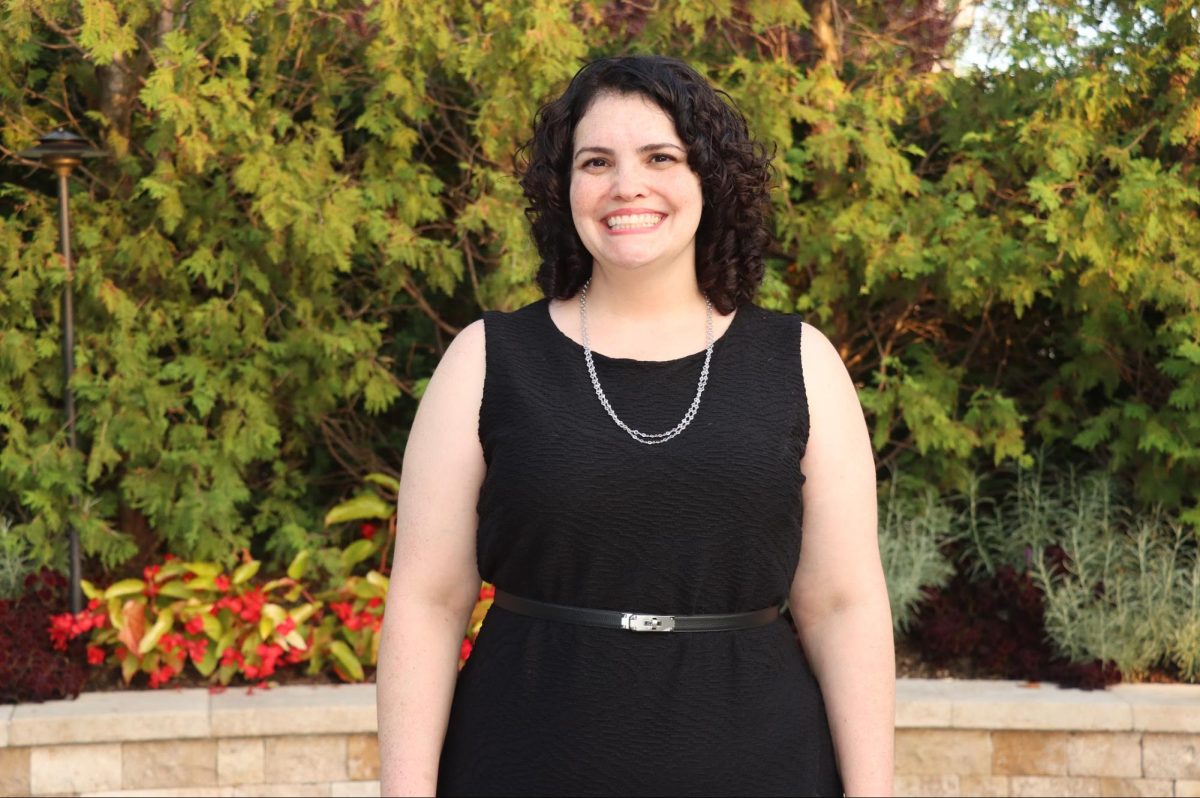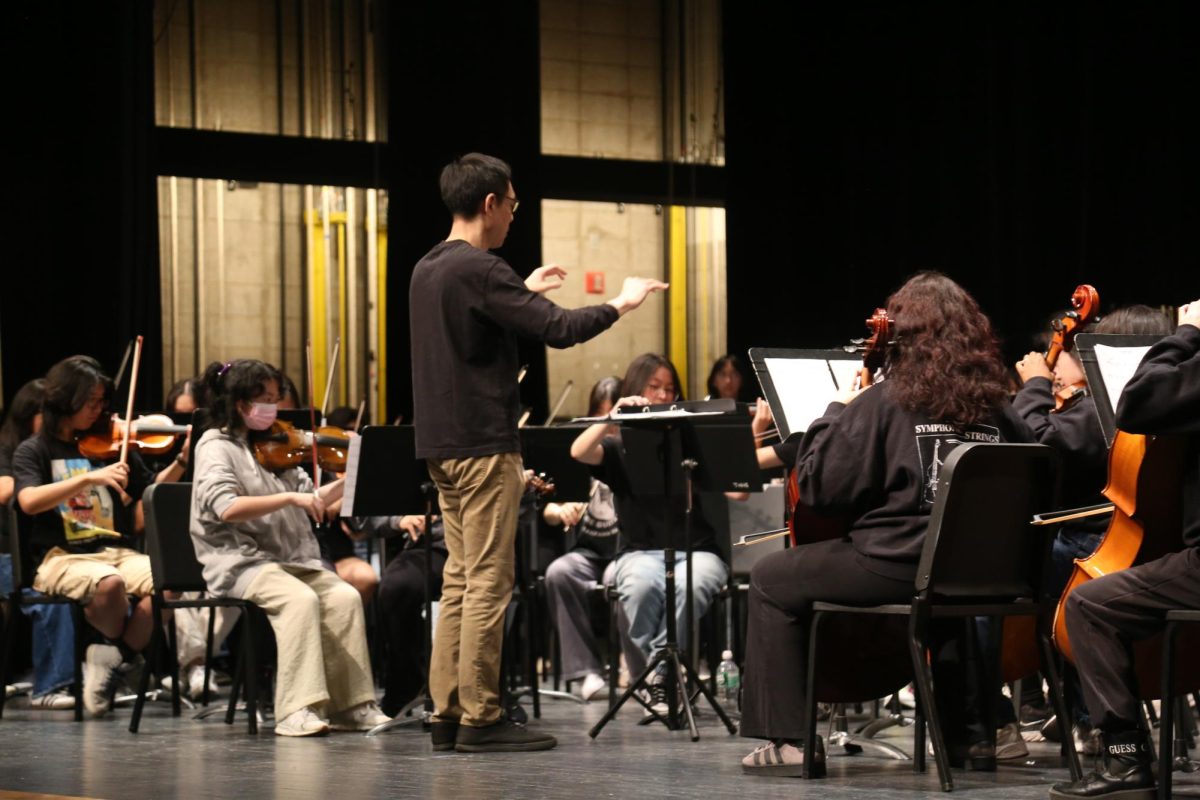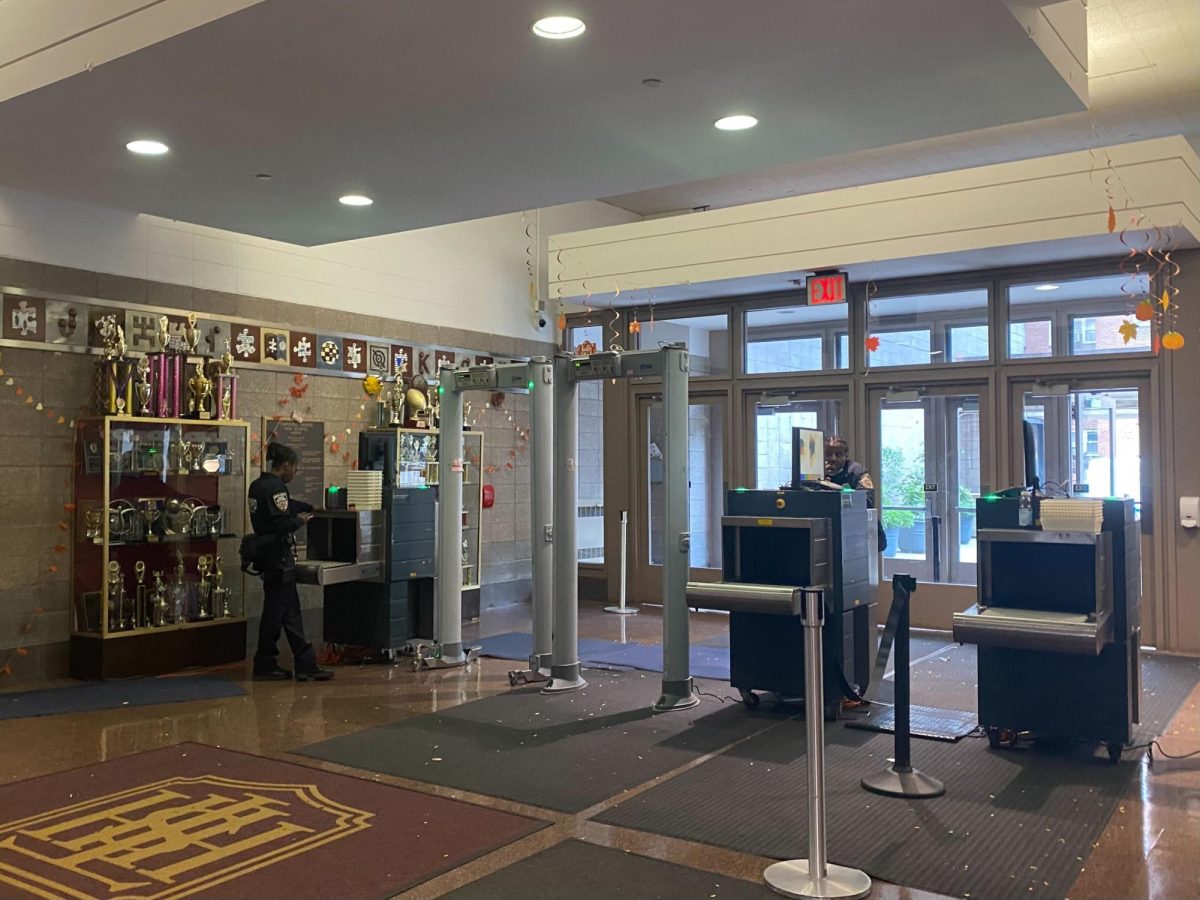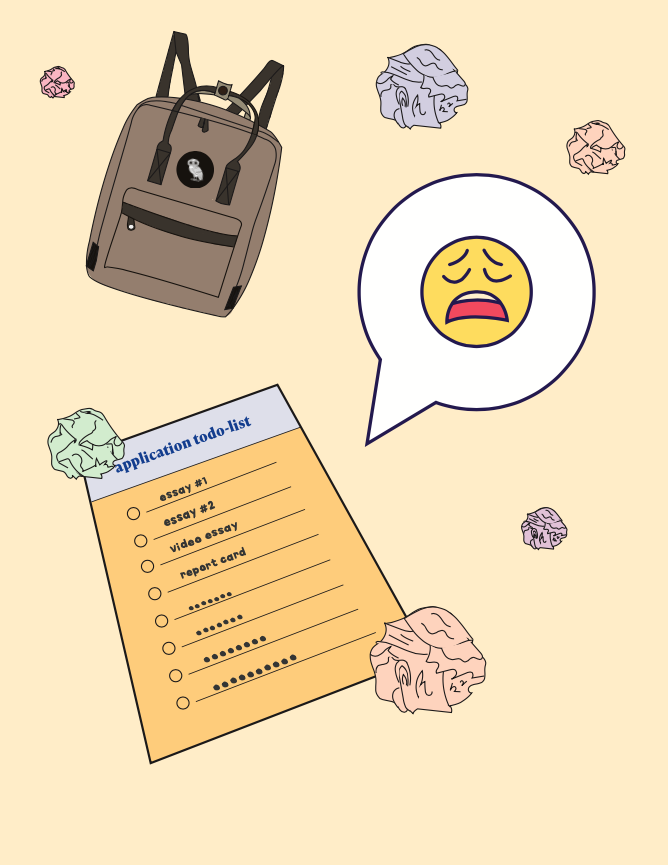
From the Editorial Board
Productive communication among students and the administration within any school is vital to the unity and organization of its community. When an administration fails to communicate effectively, it fosters confusion among the student body, ultimately diminishing both efficiency and trust within the school’s environment. The administration’s current methods of communicating important changes within the school are not satisfying the student body, and calls for reform are increasing.
Overall, the current system of communication is vague and inconsistent, with administrative news primarily coming from either teachers who decide to share policy changes with their students, or through The Classic’s inquiry and publications. The Classic has repeatedly undertaken the role of disseminating significant policy changes to the student body in place of the administration, from stories such as elevator procedure changes to dress code revisions.
We want to make it clear that the administration has always been available and eager to share their news and insight directly with The Classic, trusting us to relay information to the school community. We appreciate that the administration is considerate of student journalists and views our publication as a reliable means of administering important messages. Few principals and assistant principals are as transparent with student publications. Nonetheless, we are not a newsletter and there have been times when we have been the primary or initial source of written means for the administration to establish contact with the student body on an issue. There will always be fluctuations in the number of students that our articles can reach and as a result, the wider school community is rarely on the same page.
Specifically, gaps in communication seem to emerge whenever changes that directly affect student life go into effect, leaving students to uncover the specifics themselves.
This fall saw the introduction of the annualized cumulative grading system. Instead of including averages for each semester, separated by a reset of grades in January, transcripts will now display a single average comprised of grades from the entire school year, with no reset.
This shift from the original 6 marking periods model to quarters was never discussed or formally announced by the administration, who instead relied on teachers to address it within their grading policies. However, this roll out was entirely disorganized, due to the imbalance of teachers that explained and presented these changes (some made no mention of it at all). When they did, teachers tended to convey the information regarding the new grading system in different ways, contributing to minor inconsistencies.
As a result of the administration’s reserve surrounding the changes made to the grading system, many students are under the false impression that they still have the opportunity to start afresh this upcoming January. Those who are aware of the new system have voiced frustration over the removal of the semester reset, which not only provided them with the opportunity for academic improvement but also afforded a greater degree of flexibility. However, it is unclear how much the administration took these concerns into account as they discussed and finalized the new grading policies without obtaining input from the Student Union during any part of the process, undermining their initiative for “student-driven progress.”
Not only did the administration fail to address the new cumulative grading system, but students were not alerted of the changes made to the format and grading system of progress reports until their distribution. The new progress reports consist of a letter grading system with S+ translating to grades between 90-100, S to 80-89, N to 65-79, and U to grades lower than 69. Not only was this new system of grading not explained, but it also contained numerical mistakes that are yet to be cleared up. Students who have below a 69 expected to receive a U but the range for receiving an N is 65-79. This error has still not been publicly addressed by the administration, leaving the Townsend Harris student body, confused about their grades.
Moreover, the administration’s communicative shortcomings extend beyond that of the grading system. Although the start of every school year often features student programming issues, the problem was more serious this year, resulting in an influx of students who lacked essential classes, with many juniors having too many free periods. In an attempt to address the reason behind this uncommon occurrence, counselors held grade meetings after school to brief students on the issue. However, this method proved ineffective because it is dependent on student attendance; directly addressing issues and being available for questioning is helpful but there should be a follow up with written clarification to ensure all around student awareness and understanding.
Memos concerning scheduling, a crucial aspect of student life, are continuously scattered and infrequent. Most recently, the process of unveiling the new adjustments to physical education requirements imposed by the DOE was clearly flawed, as the news of the changes being made reached the student body through various rumors spread by secondhand accounts from teachers. This careless handling of information, which was sure to invoke conversation, may even reflect communicative issues between teachers and the administration.
Above all, the underlying issue has to do with the inconsistency of administrative methods of communication. In order to relay information about changes in school policy thus far, the administration has relied on grade meetings, interviews with The Classic, and teacher dissemination of information in class. Evidently, there needs to be reform in the way the administration broadcasts key information to the student body.
We trust that the administration has our best interests in mind, but through their repeatedly poor communication, they have weakened their appearance of partnership with the student body. We encourage the administration to better publicize their actions schoolwide, through official written communication explicitly announcing changes in a timely manner, and addressing student concerns in more detail.



